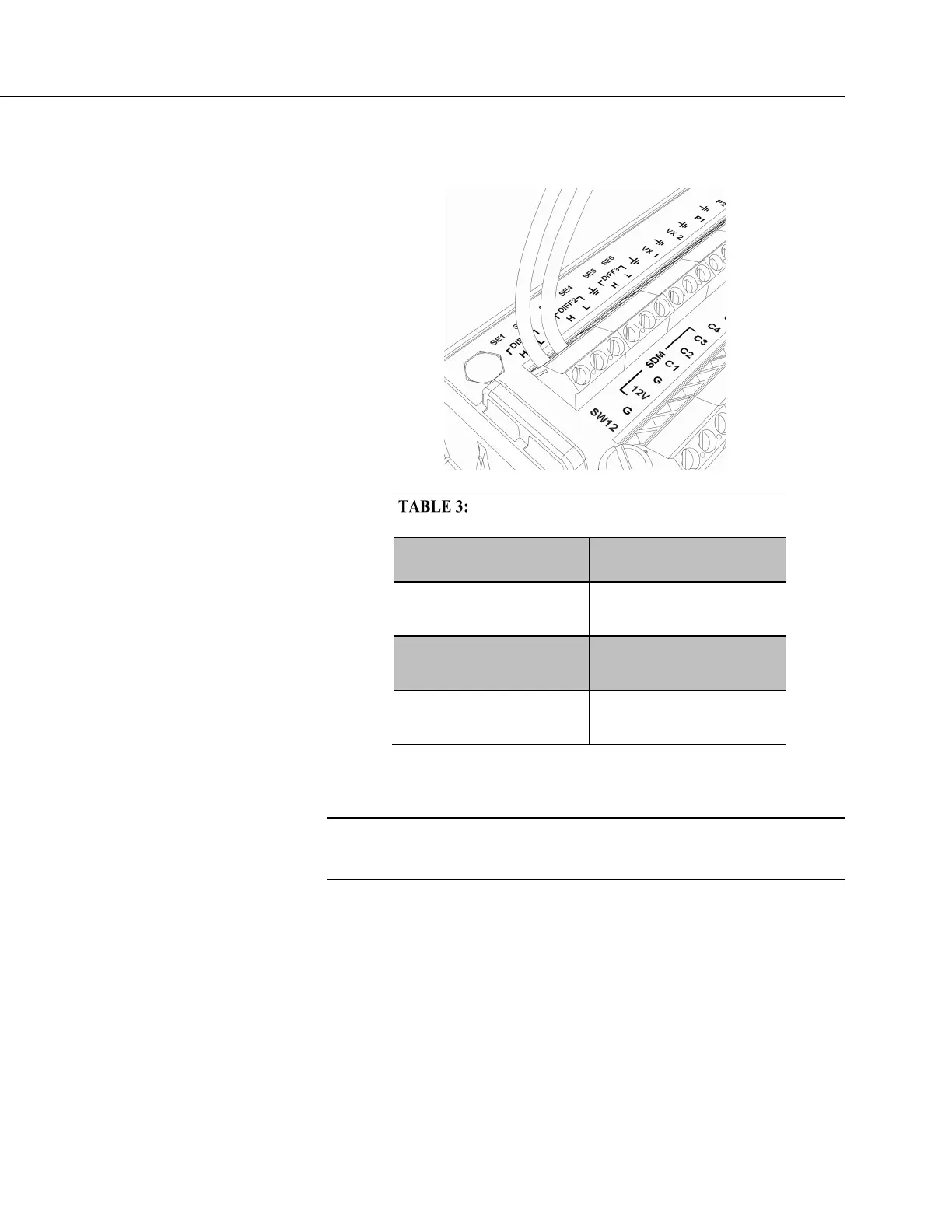Section 5. Overview
FIGURE 19: Analog Sensor Wired to
Differential Channel #1
Differential and Single-Ended Input
Terminals
Differentiaol
DIFF Terminals
Single-Ended
SE Terminals
1H 1
1L 2
2H 3
2L 4
3H 5
3L 6
5.2.2.1.1 Single-Ended Measurements — Overview
Related Topics:
• Single-Ended Measurements — Overview (p. 67)
• Single-Ended Measurements — Details
(p. 350)
A single-ended measurement measures the difference in voltage between the
terminal configured for single-ended input and the reference ground. While
differential measurements are usually preferred, a single-ended measurement is
often adequate in applications wherein some types of noise are not present and
care is taken to avoid problems caused by ground currents
(p. 501). Examples of
applications wherein a single-ended measurement may be preferred include:
• Not enough differential terminals available. Differential measurements
use twice as many H/L terminals as do single-ended measurements.
• Rapid sampling is required. Single-ended measurement time is about half
that of differential measurement time.

